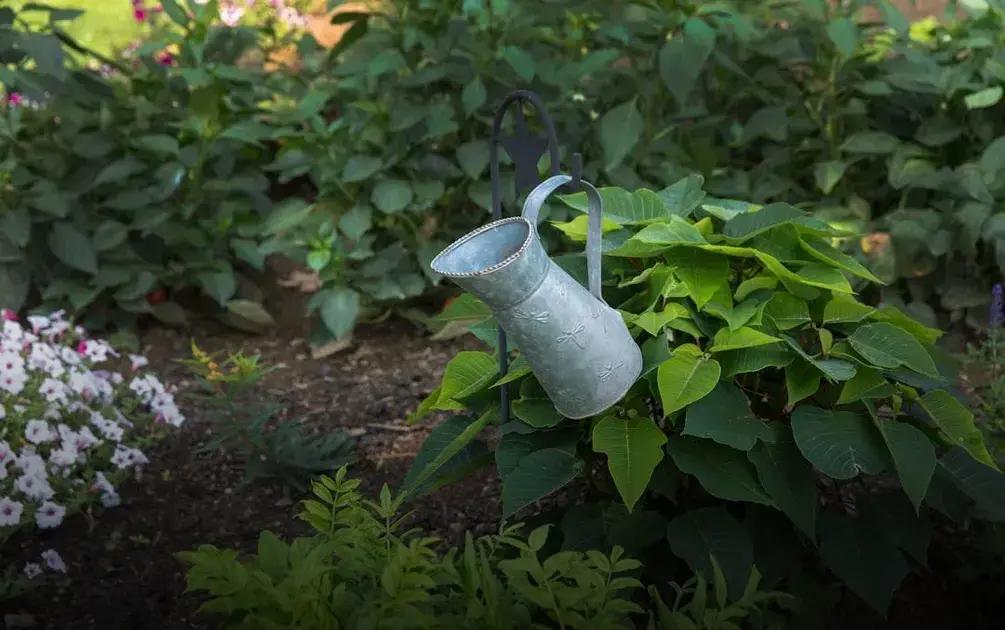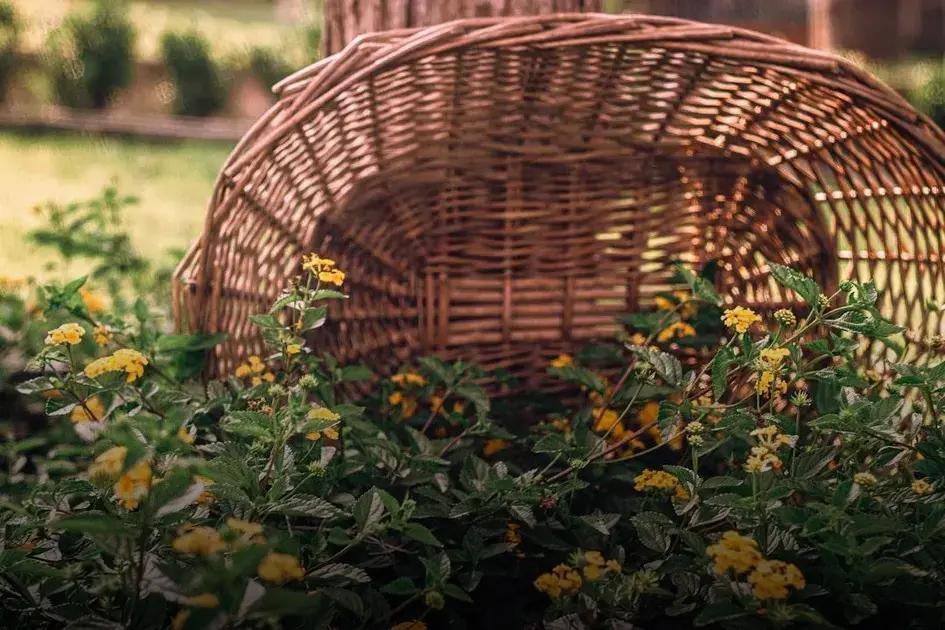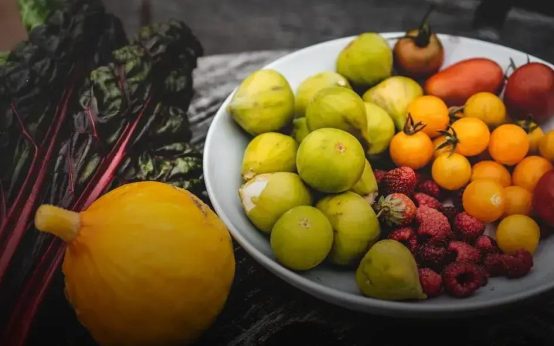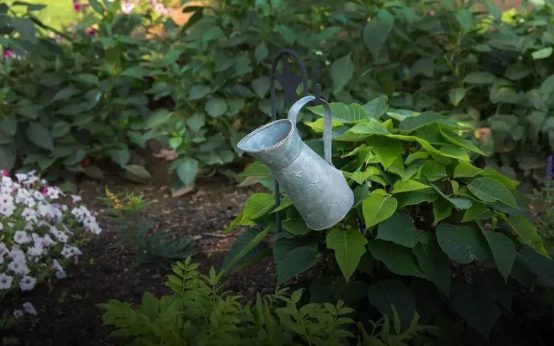Attracting birds to your garden requires choosing the right plants. By understanding which species frequent your area, you can select plants that provide the necessary food and shelter for these birds. Learn how to create an inviting environment that not only attracts avian visitors but also enhances the beauty of your outdoor space. With the right selections, your garden can become a vibrant sanctuary teeming with bird life.
Understanding Your Local Bird Species
Exploring your local bird species reveals which birds are native to your area and how they can impact your garden. Knowing your local birds helps in selecting the right plants and feeders to attract them. Some birds prefer seeds, while others might be drawn to nectar or fruits, so understanding their preferences is critical.
Identify common birds like sparrows, finches, and woodpeckers, and research their food sources and behaviors. Explore how visibility and safety influence bird attraction. Birds seek gardens that offer protection from predators and harsh weather. Providing dense shrubs or small trees can offer shelter and nesting spots, making your garden more appealing.
Additionally, observing bird habits, such as migration patterns, can enrich your knowledge. Being aware of when certain species are present helps you to time the planting of seasonal flora that they may favor. For instance, planting winter berries supports birds that remain in colder months, while tubular flowers entice hummingbirds in warmer seasons.
Recognize that birds play a role in pollination and pest control, contributing positively to your garden’s ecosystem. Embrace different species’ traits, as some might help in spreading seeds, further enhancing garden growth. Hence, understanding your local avian ecosystem is one of the cornerstones of creating a harmonious bird-friendly environment.
Choosing the Right Plants for Different Seasons

Choosing the right plants for each season is crucial to attract birds throughout the year. Different seasons present different opportunities for plants that can provide food, shelter, and nesting materials. In spring, fruit-bearing plants like serviceberry and cherry blossom can offer a feast for birds coming out of winter. Summer is the perfect time for nectar-rich flowers such as trumpet honeysuckle and bee balm which attract hummingbirds.
As autumn approaches, berry-producing shrubs like holly and elderberries help prepare birds for the colder months, offering both food and vibrant colors to your garden. Winter, although challenging, can still support bird life with evergreen plants such as juniper and pine trees that provide shelter from harsh weather conditions.
By carefully selecting a variety of plants that bloom and bear fruit at different times, you can create a sustainable and inviting environment for birds all year long. This encourages a diverse array of bird species to visit, enhancing the ecological balance of your garden.
Creating a Bird-Friendly Garden Environment
One effective way to make your garden appealing to birds is by planting a variety of native plants that provide food and shelter. Birds are attracted to gardens that offer a mix of trees, shrubs, and flowering plants because these provide fruits, seeds, and nectar for feeding throughout the year. Additionally, these plants serve as ideal nesting sites and protection from predators.
Consider Plant Diversity: When designing your bird-friendly garden, include a mix of evergreen and deciduous plants. Evergreens like pines and holly offer year-round cover, while deciduous trees such as oak and maple provide seasonal food resources, including acorns and habitat for insects, which are vital for many bird species.
Incorporate plants that produce seeds and berries like sunflowers and serviceberries. These plants can attract a variety of seed-eating birds, including finches, sparrows, and cardinals. Flowers such as coneflowers and black-eyed Susans are also great for attracting insects like butterflies and bees, providing additional food sources for insectivorous birds.
Water Features: To enhance the attractiveness of your garden, install a water feature like a birdbath or a small pond. Birds need water for drinking and bathing, and moving water can attract them with its sound. Ensure the water is clean and at a shallow depth to accommodate safe usage by small birds.
Shelter and Nesting Areas: Planting dense bushes and shrubs can create safe havens for birds to nest and hide from predators. Trees with natural cavities and the addition of birdhouses can encourage birds to take up residence in your garden, ensuring they return year after year.
Avoid Pesticides: Minimize or eliminate the use of pesticides in your garden, as these chemicals can harm the very birds you wish to attract. Instead, encourage natural pest control by fostering a balanced ecosystem that includes birds as natural predators.
Essential Tips for Maintaining Bird Habitats

Birds are naturally attracted to gardens that offer a diverse array of plants.
Native Flora
Choose native plants as they are more familiar to local birds and require less maintenance. These plants provide the necessary food and shelter birds need to thrive.
Variety of Plants
Include a mix of trees, shrubs, and flowering plants. Trees offer nesting sites, while shrubs can provide hiding spots and protection against predators. Flowering plants not only brighten the garden but also attract insects that are a food source for birds.
Seasonal Considerations
Incorporate plants that bloom at different times of the year to ensure year-round food availability. In spring, consider planting flowering dogwoods or red maples. For summer enjoyment, coneflowers and sunflowers make excellent choices. As fall approaches, provide berry-producing plants such as holly and serviceberry.
Food and Water Sources
Besides plants, include bird feeders and water features. A simple birdbath can become a gathering spot for a variety of species. Regularly clean these areas to prevent disease. A balanced ecosystem attracts birds, so ensure your garden provides ample opportunities for nesting, feeding, and hydration. By maintaining a diverse plant environment, you’ll create a haven that caters to the needs of many bird species year-round.
Avoiding Common Mistakes in Bird Gardening
When it comes to bird gardening, even the smallest mistake can deter these beautiful creatures from visiting your garden. Pay attention to plant selection: Birds are attracted to native plants because they provide familiar food and shelter.
Nurture Diversity in Plant Life
One error that many gardeners make is relying too heavily on a limited variety of plants. Diversify with a mix of shrubs, trees, and flowering plants that cater to different bird species’ needs. This ensures that your garden remains a year-round haven.
Avoid using pesticides: They not only kill insects that birds feed on but can also poison the birds who consume them. Opt for natural pest control methods to maintain a healthy ecosystem.
Proper Placement Matters
Another common oversight is improper plant placement. Place bird-attracting plants away from busy roads and noisy areas, as disturbances can scare birds away. Position plants in clusters to create a more appealing habitat with varied shelter and food sources.
Additionally, don’t neglect water sources: Birds need fresh water for drinking and bathing. Keep birdbaths clean and accessible, and consider adding a small pond or water feature to enhance your garden’s attractiveness.
By avoiding these common pitfalls, you’ll create a thriving bird-friendly garden and enjoy the vibrant sights and sounds of nature’s feathered friends.


 Water-Saving Gardening: Top Tips for a Drought-Resistant Yard
Water-Saving Gardening: Top Tips for a Drought-Resistant Yard  How to Start Composting at Home: A Beginner’s Guide
How to Start Composting at Home: A Beginner’s Guide  Organic Gardening: Growing Without Chemicals Easily
Organic Gardening: Growing Without Chemicals Easily